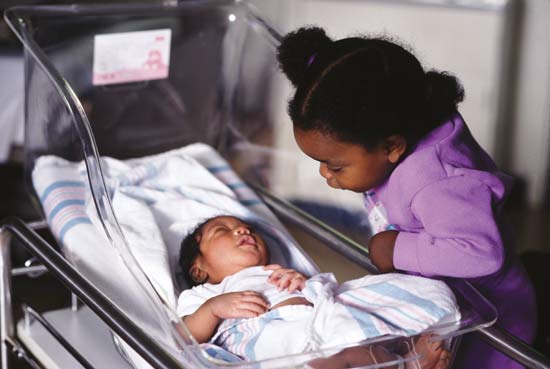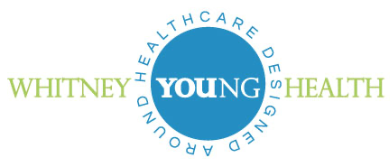
Each year, millions of newborns in the U.S. are routinely screened for more than 40 different disorders, including Human Immunodeficiency Virus (HIV), Cystic fibrosis, Sickle Cell disease, congenital heart disease, and deafness. The no-cost Newborn Screening Program allows health care providers to identify and intervene early enough to prevent serious problems.
How do the screenings work?
- A small blood sample is collected by pricking the baby’s heel within 1-2 days after birth, usually on the day the baby is discharged from the hospital
- For the hearing screening, a tiny, soft speaker is placed in the baby’s ear to check how the baby responds to sound
- For the heart screening, a sensor is attached to the baby’s finger to check the amount of oxygen in the baby’s blood
After the screening, the baby’s doctor will be informed of the results and will contact the parent if anything is wrong
What happens if my baby tests positive for one of the disorders?
The serious effects of the disorders can be reduced and mostly prevented, through a special diet or other medical treatment. In the case of HIV, less than ten percent of babies who test positive are actually infected and will need treatment.
Good news! The baby’s tests are screen-negative, will my baby be healthy?
The Newborn Screening Program only screens for a few of the many disorders a baby could have, many of which can’t be identified in the Program due to differences in sample collection procedures. Always watch for any unexpected behaviors and call a doctor immediately if things don’t seem right.
What happens to my baby’s blood sample, specifically, after the screening?
- The sample will be stored for up for 27 years under secure conditions where access is strictly controlled
- The sample can then be used for diagnostic purposes with appropriate consent
- The sample can also be, de-identified or stripped of personal information to be used in public health research
To learn more about New York State’s no-cost Newborn Screening Program, visit www.wadsworth.org
